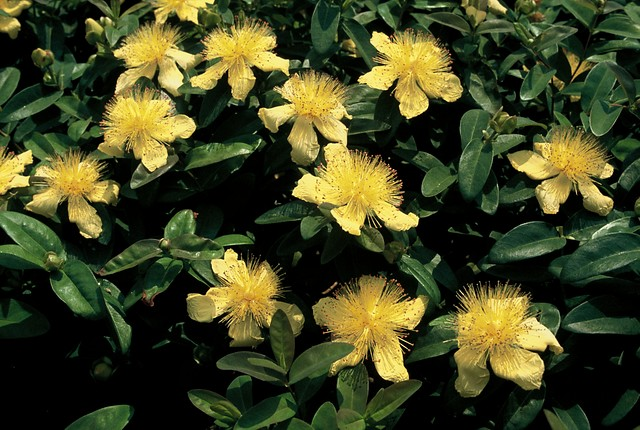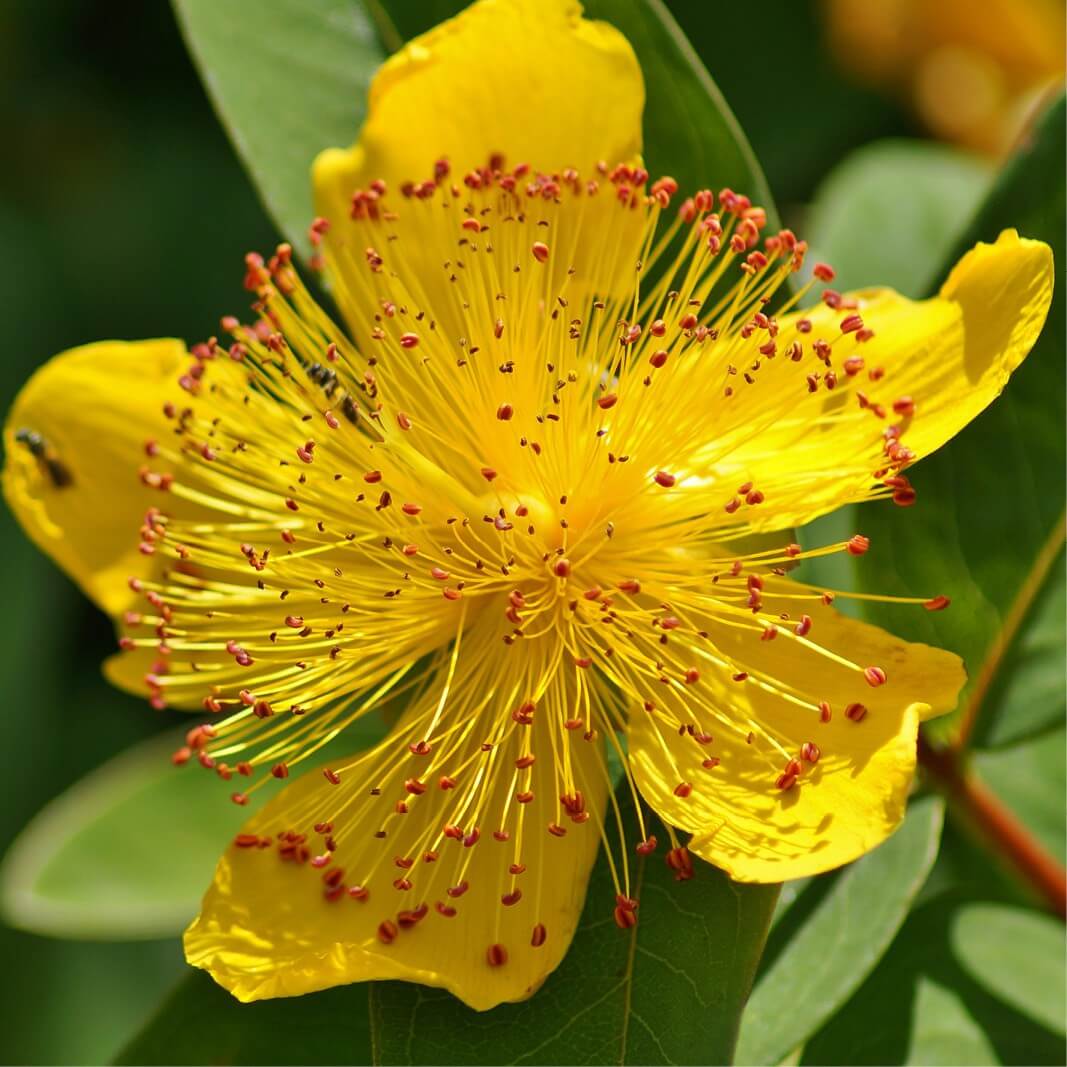Aaron’s Beard Plant: Stunning Addition or Backyard Challenge?

When it comes to Aaron’s Beard (Hypericum calycinum), I’ll be honest: this plant has taught me more humility than almost any other in my gardening career. Beautiful? Absolutely—when it behaves. But is it a backyard nightmare? Sometimes, and faster than you’d expect.

Let’s get real. If you’re reading this, you’re probably wondering: “Should I plant this, or will I spend my weekends cursing its name?” I’ll share what I wish someone had told me before my first big mistake (spoiler: it was 2008, and I’m still apologizing to that client).
Aaron’s Beard: Gorgeous Groundcover or Garden Gremlin?
The first time I saw Aaron’s Beard in full bloom, I was smitten. Those massive, buttery yellow flowers. The glossy green carpet. It looked like the answer to every patchy, sunbaked slope in town.
And to be fair, it will cover ground—fast. I once measured a patch that spread from a tidy 3x3 foot square to a sprawling 9x12 in just two seasons. That wasn’t a typo. I still have the “before” and “after” photos on my phone, mostly to warn new clients.

But here’s the catch: its underground runners are relentless. They slip beneath fences, sneak through cracks, and pop up in places you’d swear you weeded last week. One spring, I found a runner had traveled under a concrete path and emerged five feet away—in a neighbor’s prized rose bed. Not my proudest moment.
Hard-Learned Lessons: Containment Is Key
1. Physical Barriers (Don’t Skimp!)
Forget those flimsy plastic edgings from the garden center. Aaron’s Beard laughs at them. What works? Steel landscape edging, or even solid stone or concrete—buried at least 8 inches deep. I once thought 4 inches would do; it didn’t. Learned that one the hard way. If you’re using containers, go for thick ceramic or heavy wooden barrels, placed on patios or pavement (not bare soil). Thin plastic pots? The roots can worm right out the drainage holes.
2. Maintenance: More Than “Set It and Forget It”
People love to call this plant “low maintenance.” My logbook disagrees. During peak growing months (say, April to September if you’re in Zones 6–9), I check patches every other week—minimum. Skip a month, and you’ll be pulling up runners from halfway across your lawn. My go-to tool is a serrated Hori Hori knife; anything less is just wishful thinking.

And mulch? Mulch is nice, but Aaron’s Beard just shrugs and keeps going.
3. Where It’s a Hero—and Where It’s a Headache
- Ideal Spot: That impossible strip along a driveway or behind a retaining wall—especially if it’s boxed in by concrete. Case in point: a 20-foot-long eyesore along an Atlanta sidewalk went from dust bowl to lush green in a single season. Five years later: still contained, still thriving.
- Disaster Zone: Mixed borders with delicate perennials. I’ve spent entire afternoons untangling Hypericum roots from hostas, roses, and—memorably—a client’s irrigation pipes. That bill wasn’t pretty.
Stuck With It? Here’s How to Reclaim Your Space
I won’t sugarcoat it—removing Aaron’s Beard is a marathon, not a sprint. But it’s doable if you stay persistent:
- Cut Down Everything: Early spring is best—you want to see every runner.
- Dig Deep and Sift: Use a digging fork (not a shovel). Go slow—the roots snap easily, and each broken bit can regrow.
- Repeat Checks: Every three weeks, walk the patch and pull up any new shoots. Expect this to take at least a full growing season—sometimes two.
- Upgrade Your Barriers: If you want to keep a small patch, retrofit steel or concrete edging before new growth starts.
I once tracked an especially stubborn patch for 18 months before calling it conquered—three major dig-outs, too many spot-checks to count.

Want the Look Without the Work? Try These Instead
If you crave that golden glow but not the relentless spreading, here are four tried-and-true groundcovers that won’t take over your life:
- Liriope muscari: Handles shade, heat, drought—almost anything short of fire.
- Heuchera (Coral Bells): Fantastic foliage colors, stays put, easy to divide if needed.
- Galium odoratum (Sweet Woodruff): Slow spreader, comes up fresh every spring with a sweet scent.
- Lysimachia nummularia ‘Aurea’ (Creeping Jenny): Bright chartreuse leaves; just keep an eye on it in very damp spots.
I use these in public parks where maintenance funds are tight—no horror stories yet.
Bottom Line: Fire or Friend?
Aaron’s Beard is like fire: brilliant in the right place, but a disaster if it gets loose.
Here’s my advice:
- Walk your yard first—are there real edges? If not, think twice.
- Be honest about your free time—do you enjoy regular garden patrols? If not, skip it.
- Still tempted? Try a single container on your patio for a full season before going all-in.
And if you’re already knee-deep in Hypericum? Take a breath. It is possible to win—but persistence is your best weapon. Don’t be afraid to call in backup for a big dig-out if you need a fresh start.
Trust me: most of my best garden wisdom comes from plants that didn’t play by the rules—including this one.
If you’ve got your own Aaron’s Beard story (nightmare or otherwise), you’re in good company. We’ve all been there—and hey, sometimes those lessons make us better gardeners in the end.
Ready to tackle your patch? Or still deciding? Either way, you’ve got this—and if you need a pep talk or more advice, just ask!